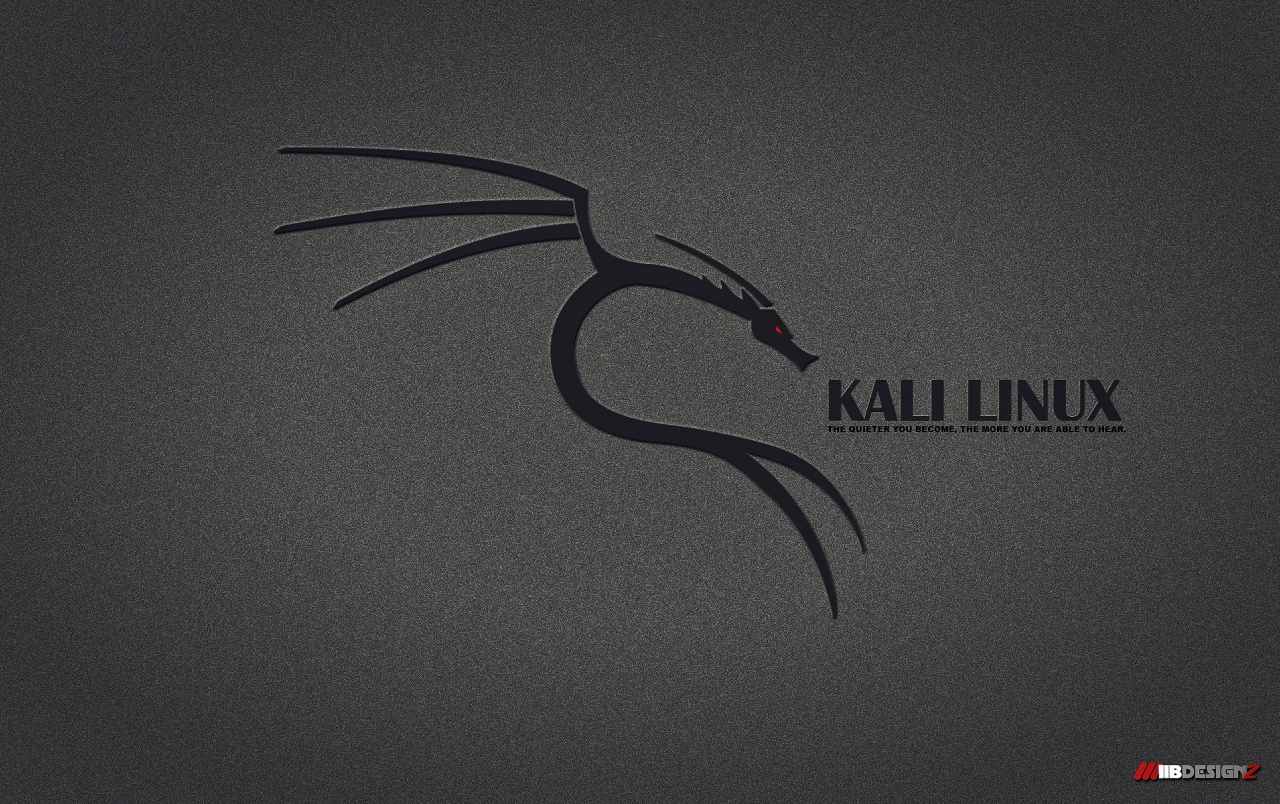Since Kali Linux is not available as an app in the Microsoft App Store, the installation as subsystem requires to run a few commands.
1. First, the subsystem feature must be activated via PowerShell (if not already activated).
Enable-WindowsOptionalFeature -Online -FeatureName Microsoft-Windows-Subsystem-Linux
2. Kali Linux is downloaded as an AppX file. We can find a file that is always up to date at https://aka.ms/wsl-kali-linux-new
Invoke-WebRequest -Uri https://aka.ms/wsl-kali-linux-new -OutFile Kali.appx -UseBasicParsing
3. The downloaded AppX file is added:
Add-AppxPackage .\Kali.appx
4. A shortcut was then created in the Windows Start menu, which leads us to a kali.exe. If this shortcut cannot be found via the Start menu search, the path where the kali.exe was stored must be found. The CMD must be re-opened again so that the new command kali is known there.
If the kali.exe is called for the first time, you will be asked to create a new user. (user:user).
5. Afterwards the root user can be set as default user.
kali config --default-user root
6. Final commands within the Linux shell to install the Kali Linux Tools:
apt-get update && apt-get dist-upgrade -y apt-get install -y kali-linux-full --fix-missing
